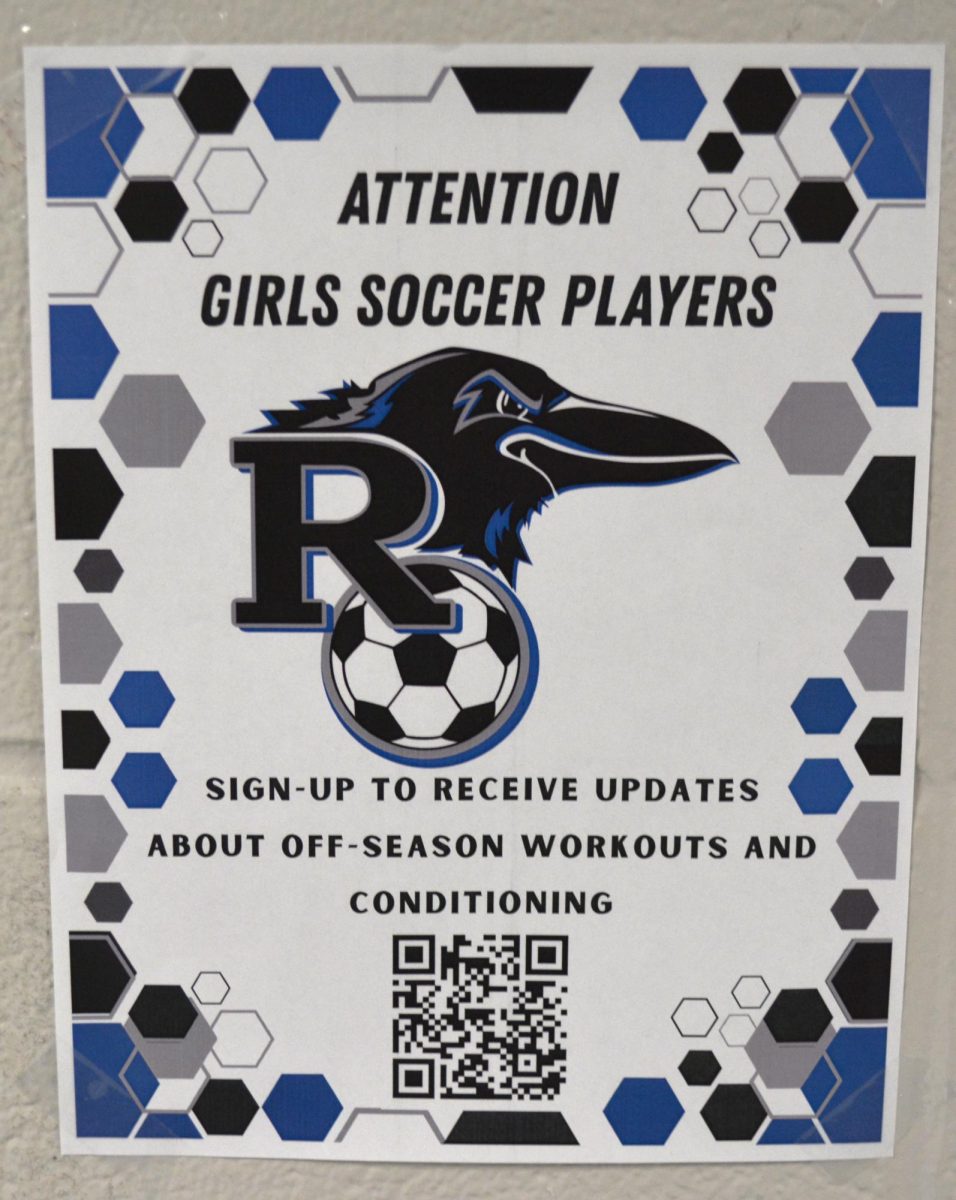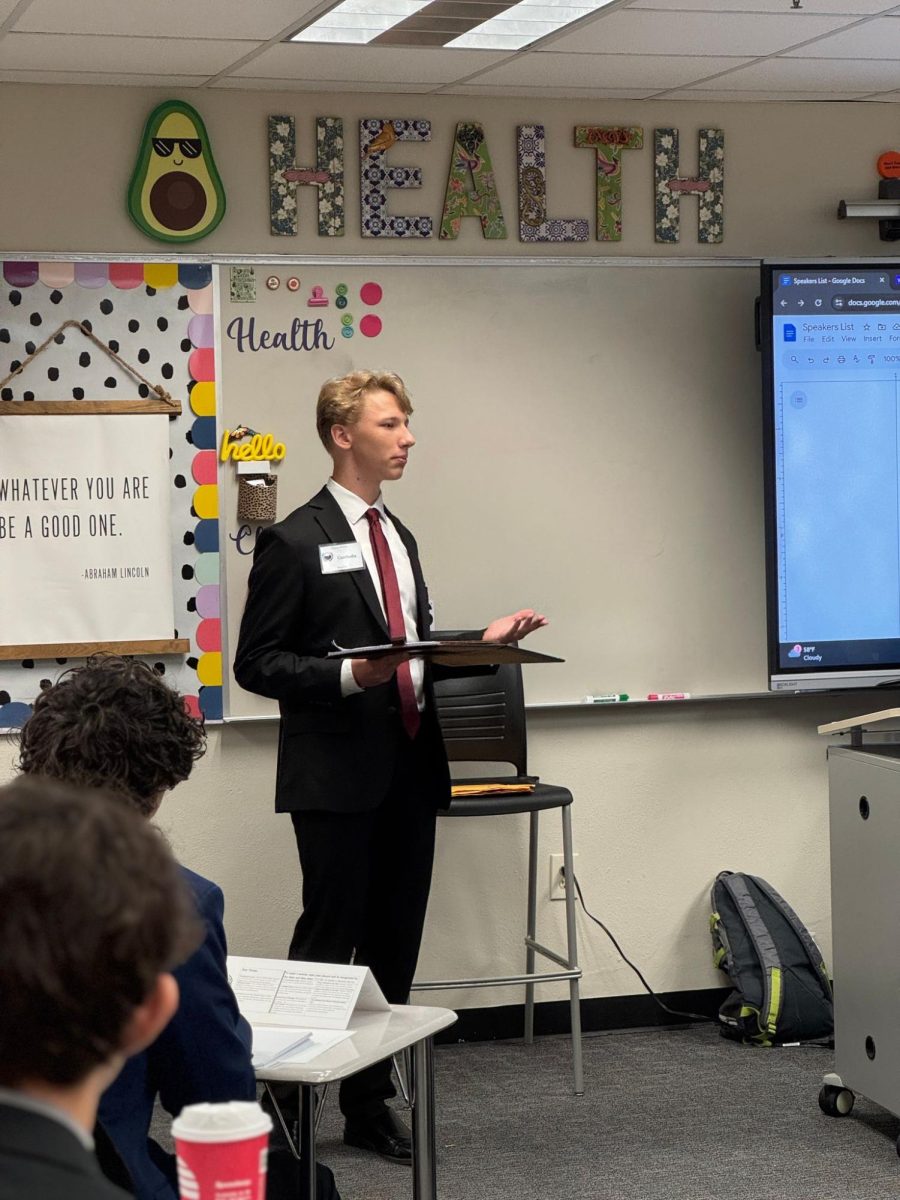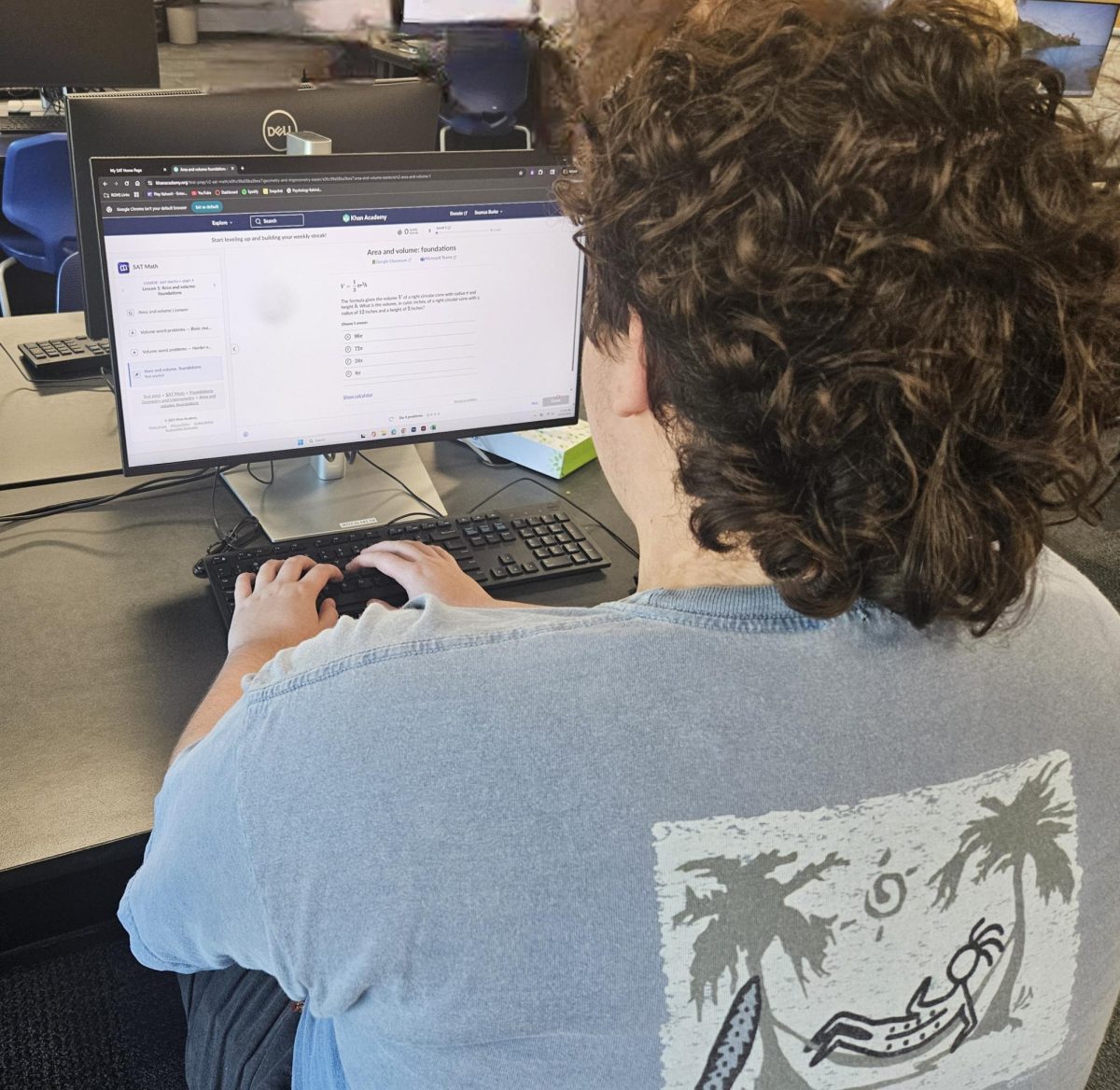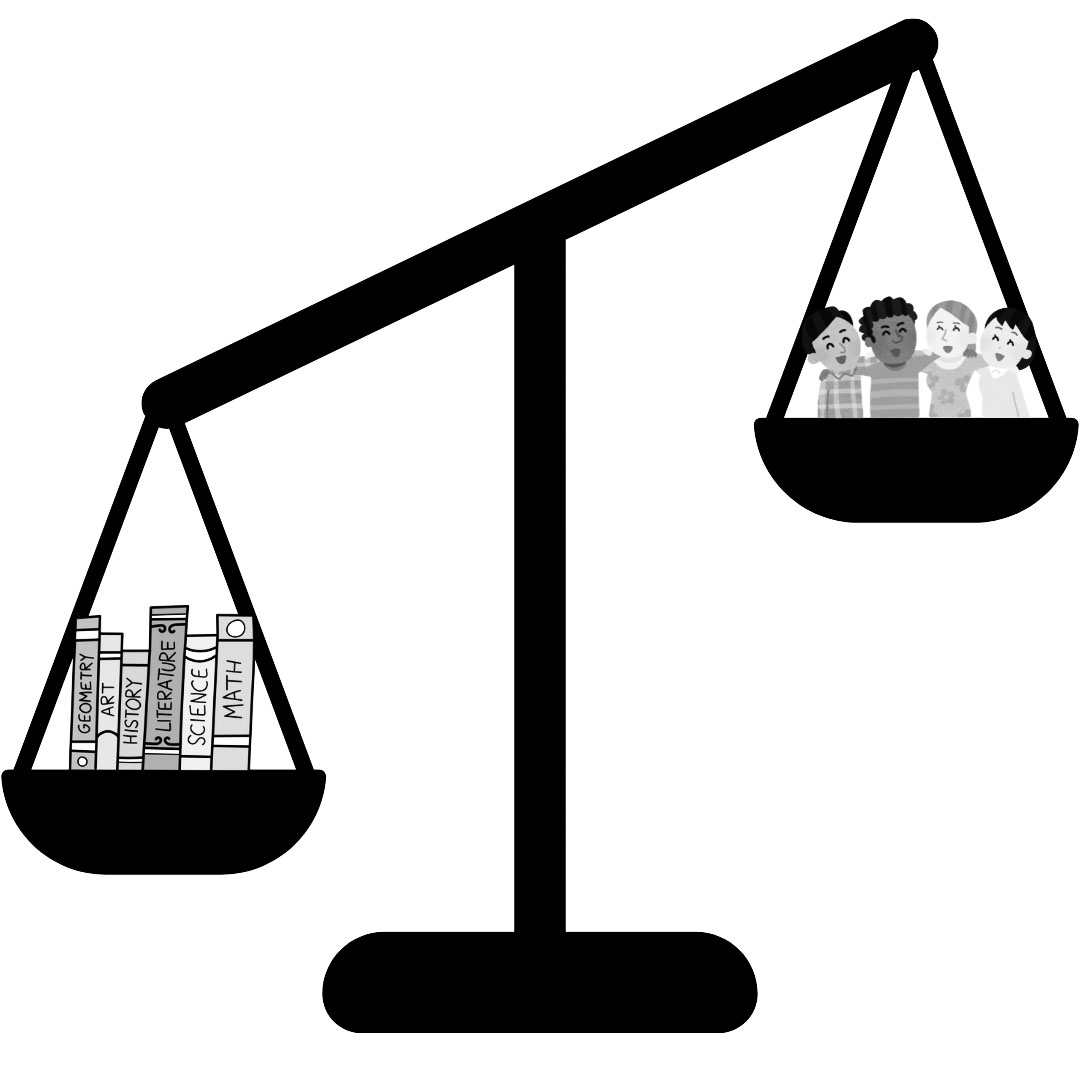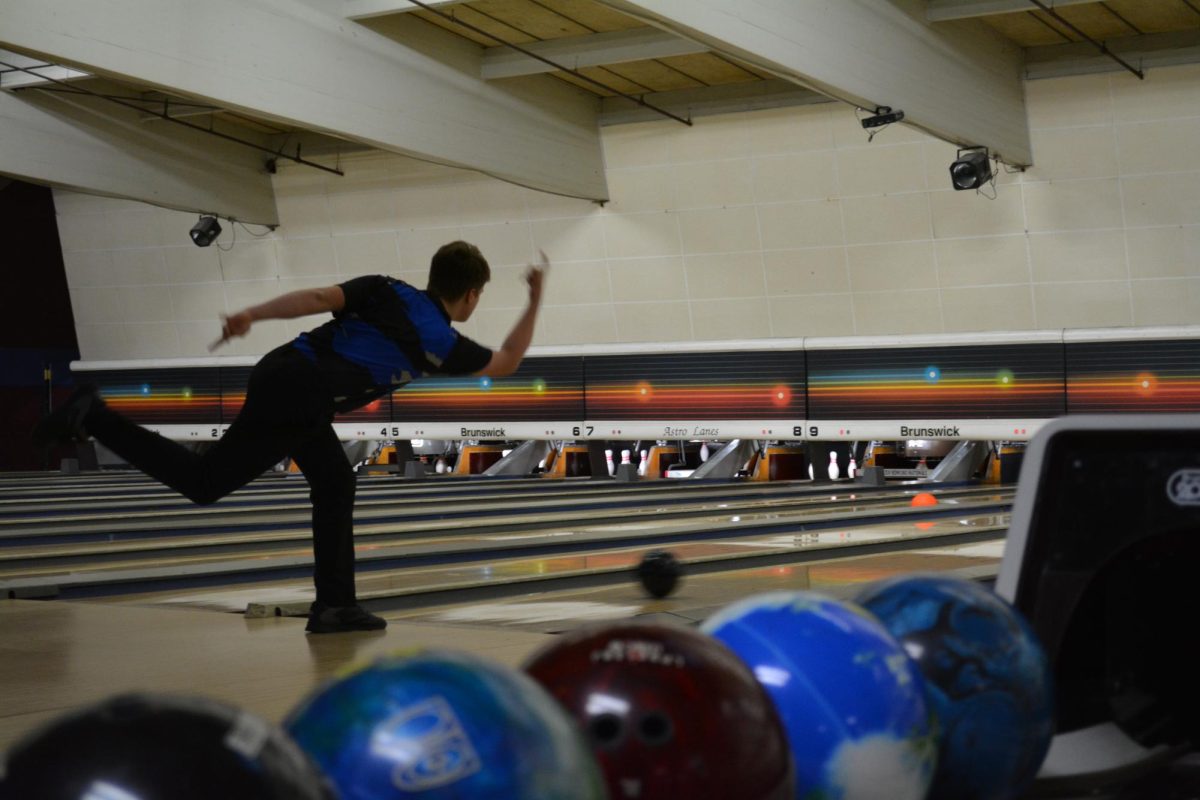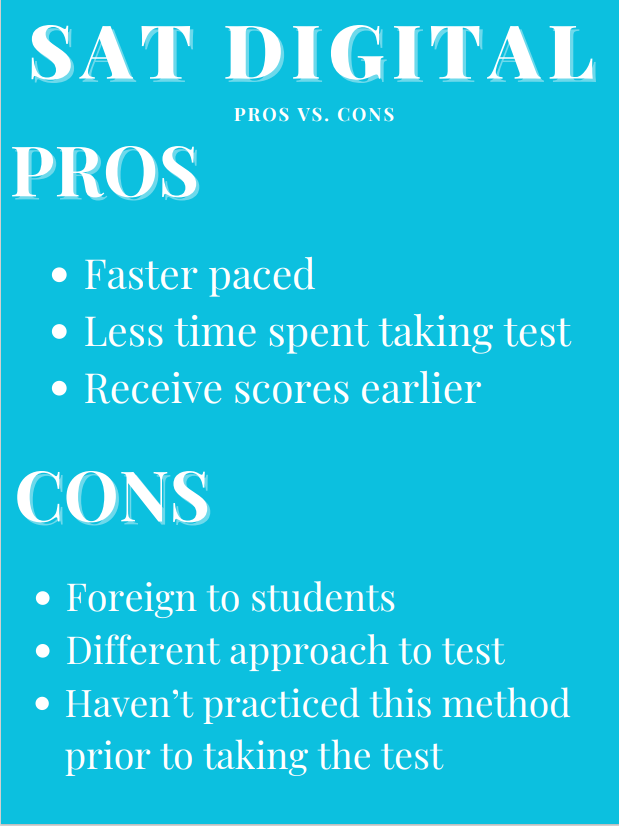Schools today, including Royal Oak High School, are turning to devices more than ever. If it’s to get assignments done quickly, or out of pure convenience, it still affects a lot in the testing experience, and how students prepare for it. One thing in particular that has been digitized, and changed for the first time in a while, is the PSAT/SAT testing system. But with something so crucial changing for so many, it’s important to be wary of what other students may think of it. Including the thoughts surrounding which test type may be to-the-point, understandable, and productive. In this article, we will be expanding our scope on what, exactly, the point of going digital is for. As well as some leading concepts for why this school may or may not want to change back to original paper. The change from paper to digital is of no surprise, but according to some students, it’s still difficult to get used to. One Junior, Regan Maso n, said, “It’s affected my studying. I get a whole new book to study for the SAT and it’s just completely changed. I feel like the approach to it has changed, and I need to re-think the whole thing.”
And although the test is the same, although two different kinds, many others don’t see the relevance in the change. According to Testing Coordinator, Janet Norling, this change is relevant due to efficiency, “A lot of changes were made to shorten the test, and having work time per question. I think this will be better for students instead of spending hours in the test.” Many staff and students share her view, as this digital test saves not only time in a question, but it shortens the test as a whole. Having a shorter test means students don’t have to sit in one spot for as long in comparison with the paper tests, as well as teachers not having to proctor as long or as frequently. Another teacher, Alfred Ormsbee, also talked about the convenience of the testing time. “I really like the way that the breaks are set up this time, where it kinda allows you to move more at your own pace to some degree. Verses the paper test where everyone is in lock step with the same times of everything.”
Fast paced opportunities have worked in the past with digital classes, but this particular shift in testing also means that students stare at a screen for a longer amount of time. And, as teachers have already made known, students already have their phones to keep their eyes busy. How much will these tests add on to the possible strain of a screen? One ELA teacher in particular, Matthew Swastek , talked on the matter. “I am concerned about how students are staring at a screen for extended periods of time. Having to deal with headaches as well.” But, this also means that some students might be more experienced and used to it by now. Alyssa Reimold addressed this. “I don’t anticipate much of a change for students. Students have been taking digital tests, at this point, their whole school career. It will be more aligned to what students may be used to. The proctoring looks differently. If anything, it affects the proctors/staff much more than the students.”
And considering the outcome, this kind of screen time will only continue to rise up the curriculum. Needless to say, the ability to educate students long-distance is still a wonderful option to have available at any school, especially if they’re physically unable to attend. And since this change is not the direct result of a global pandemic, students are able to slowly adjust to the change in routine.

